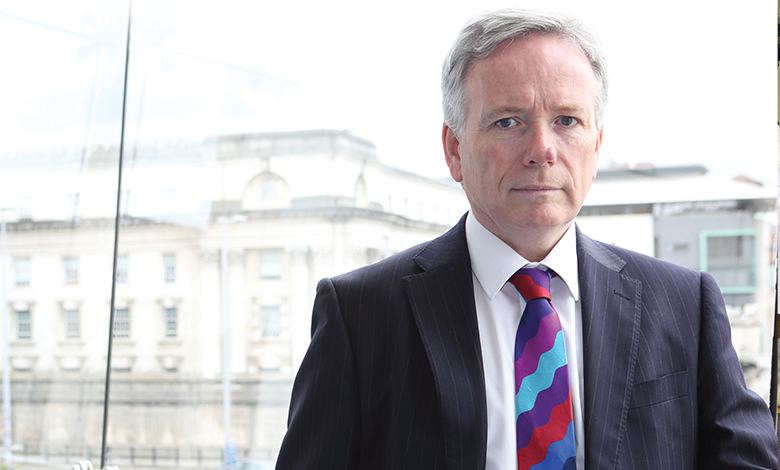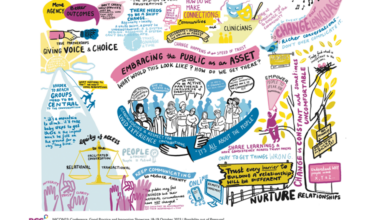Where to now for healthcare?

What is the first thing a health minister will need to consider when addressing the vast range of challenges faced by healthcare in Northern Ireland? Well, what they do not need to think about is the idea of commissioning a plan on how to transform health, writes British Medical Association (BMA) Chair Tom Black.
There is a plan, in fact there are multiple plans, spanning a number of years and all of them, more or less, say the same thing; the way we deliver health across Northern Ireland has to change.
While we do not need any more plans, what we do need is the willingness and commitment to actually implement those plans, take the unpopular decisions and make the changes. You might note I do not say ‘difficult’ decisions, and that is because in my view the decisions are clear and easy, but there is no doubt that they can be unpopular. Changes need to be communicated clearly to all stakeholders so we can all understand why healthcare delivery needs to change and allay any fears that surround this.
Alongside this commitment to make changes we need funding. Health already takes up 49 per cent of Northern Ireland’s budget but clearly if care is to keep pace with medical advancements that must increase. We also need to move to a three year budget setting process in order to assist with planning and transformation.
Any incoming health minister will also have to address a myriad of workforce issues. Staff across the health service are working at the very edge of what is safe. The recruitment and retention issues including the central issue of pay parity with the rest of the UK and the Republic of Ireland must be tackled. Staff must be paid properly to recognise the value of the work they are doing and the responsibilities they hold.
Alongside this, issues around training for junior doctors must be addressed so that the training experience is a valuable one where both senior doctors have the time to train properly, and junior doctors are not so busy on the wards that they cannot maximise training opportunities.
The asks in general practice are clear; a solution to the indemnity discrepancy is critical and would make GPs feel that finally someone understands the pressure they were under and is willing to do something about it; and then addressing funding, premises and the inequitable distribution of multi-disciplinary teams would underpin that there really was a desire to work with GPs to address the issues and protect our primary care service.
You will notice I do not mention addressing waiting lists as a priority. In my view, long waiting lists are a symptom not the underlying disease. Only if we address the issues above will we be able to address the wholly unacceptable situation whereby people are waiting inexcusably long times for assessment and treatment.
T: 028 9026 9666
E: BMANorthernIreland@bma.org.uk
W: www.bma.org.uk






